Name
Shannon Nolan
Job title
Chief Human/Founder
Organisation
What are you/your organisation currently focusing on in terms of workplace health and wellbeing?
The focus of the business has historically been creating mental health strategies, however, at the moment we’re running a lot of online training for managers.
We’ve also recently created a workplace mental health communications framework for employers – which we’ve had a great response to, so we’ve spent some time customising that for different clients.
We are very passionate about evidence – so regardless of the intervention, the focus always comes back to that.
What aspect of workplace health and wellbeing does your organisation do well in?
We’re good at helping organisations tie together disparate resources and interventions.
Lots or clients have a few things in place already (e.g. EAP, manager training or RUOK? Day events). We create evidence informed strategies and communications to tie those elements together, which creates continuity, and makes it easier to sustain messaging over the long term.
We also use evidence-based assessment tools to help clients understand the unique risks and mitigating factors of their business, which is a great place to start as it helps in setting priorities, and directing resources to areas of greatest impact.
What’s your biggest challenge working in workplace health and wellbeing?
A personal challenge for the business is I’ve worked in the workplace mental health space for 6 years, but the business is relatively young, so nobody knows who we are! Over the last few months, we’ve started to get a lot of repeat and word of mouth business, which feels great.
For clients I think the biggest challenge is that they want to do more for employees but don’t know where to start, so providing guidance and referral to evidence informed resources and providers is a big part of what we do.
How does WayAhead Workplaces add value to your organisation’s health and wellbeing program?
At the moment I think the people responsible for health and wellbeing within companies are often a little isolated. The responsibility is often only part of their role, and so WayAhead Workplaces is an invaluable resource in terms of providing a network, an opportunity for learning and sharing of resources, and a sense of connection and community.
I’ve met some great people through WayAhead Workplaces – and I think it’s an example of what’s best about the space – people are committed, informed, and generous in sharing what they know to help others.
How do you deal with stress?
I live with the world’s best dog, and a few times a day I bury my head in his neck and feel his soft warm fur on my face. No matter how I’m feeling it is blissful and peaceful and lovely!

I do some volunteer work for the amazing Footpath Library – which makes me feel good, and always puts my stress into perspective. I’m also a big fan of a long walk, a big deep breath, a good nap, and a loud singalong.
What are the key issues and considerations for people in workplace health and wellbeing roles?
1. There is no need to reinvent the wheel – there are excellent tools and resources in every area of workplace mental health and wellbeing, but people often don’t know about them, or how to differentiate between options;
2. Knowing where to start and what to prioritise – by looking at research or starting with an assessment people can feel confident that they will get a meaningful return on investment;
3. Making sure that interventions are evidence informed – providers should be able to explain in simple terms the research that underpins their products; and
4. Sustaining messaging over the long term – by looking at interventions that have good evidence, having continuity in messaging, and offering practical and simple resources.
How do you switch off from work?
Oh dear. I’m not sure if I do! I really love what I do and am always thinking about it. I am very good at flexible work though. I used to be a workaholic, and recently realised that I’ve burnt out of almost every job I’ve ever done. Now that I run my own business, I’ve become great at limiting the number of hours I spend at my desk, and regularly take early marks or break up my days with work and other activities.
What is your best time-saving tip?
I have a very clean inbox. If I open an email I read it and either respond immediately, or add anything that needs doing to a to-do list and delete or file. That way I’m not opening and re-reading emails multiple times.
What do you think the future of work health and wellness programs look like?
Structured, evidence based and connected to a broader strategy.
I imagine there will be dedicated health and wellbeing roles embedded within WHS or HR functions at all larger companies.
I’m also really hopeful that health and wellbeing will be business as usual, with employers being informed and confident that they are doing all they can to support their employees.


